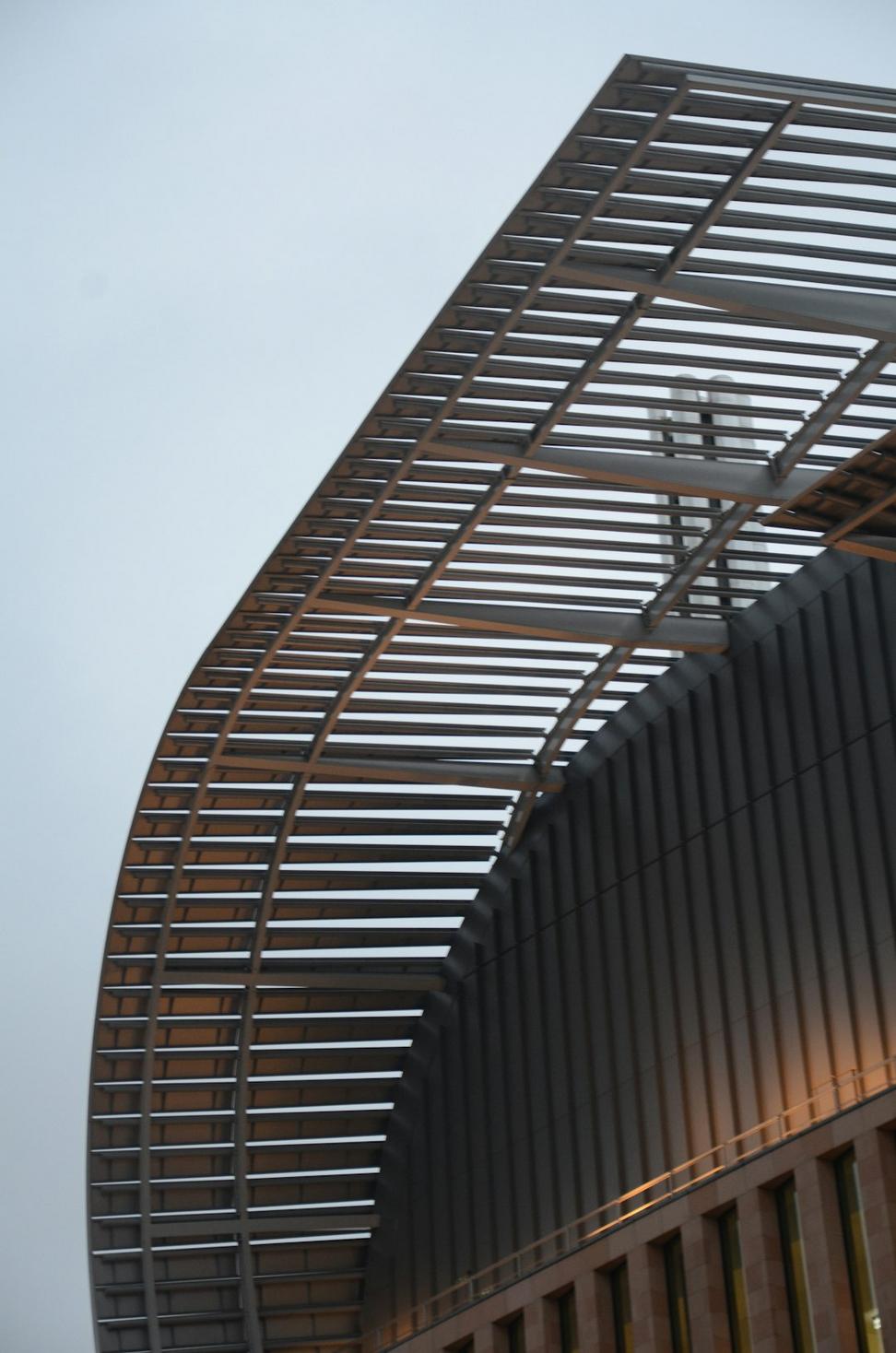
Building With Nature, Not Against It
Sustainability isn't a checkbox for us - it's literally how we think about every single project

Sustainability isn't a checkbox for us - it's literally how we think about every single project
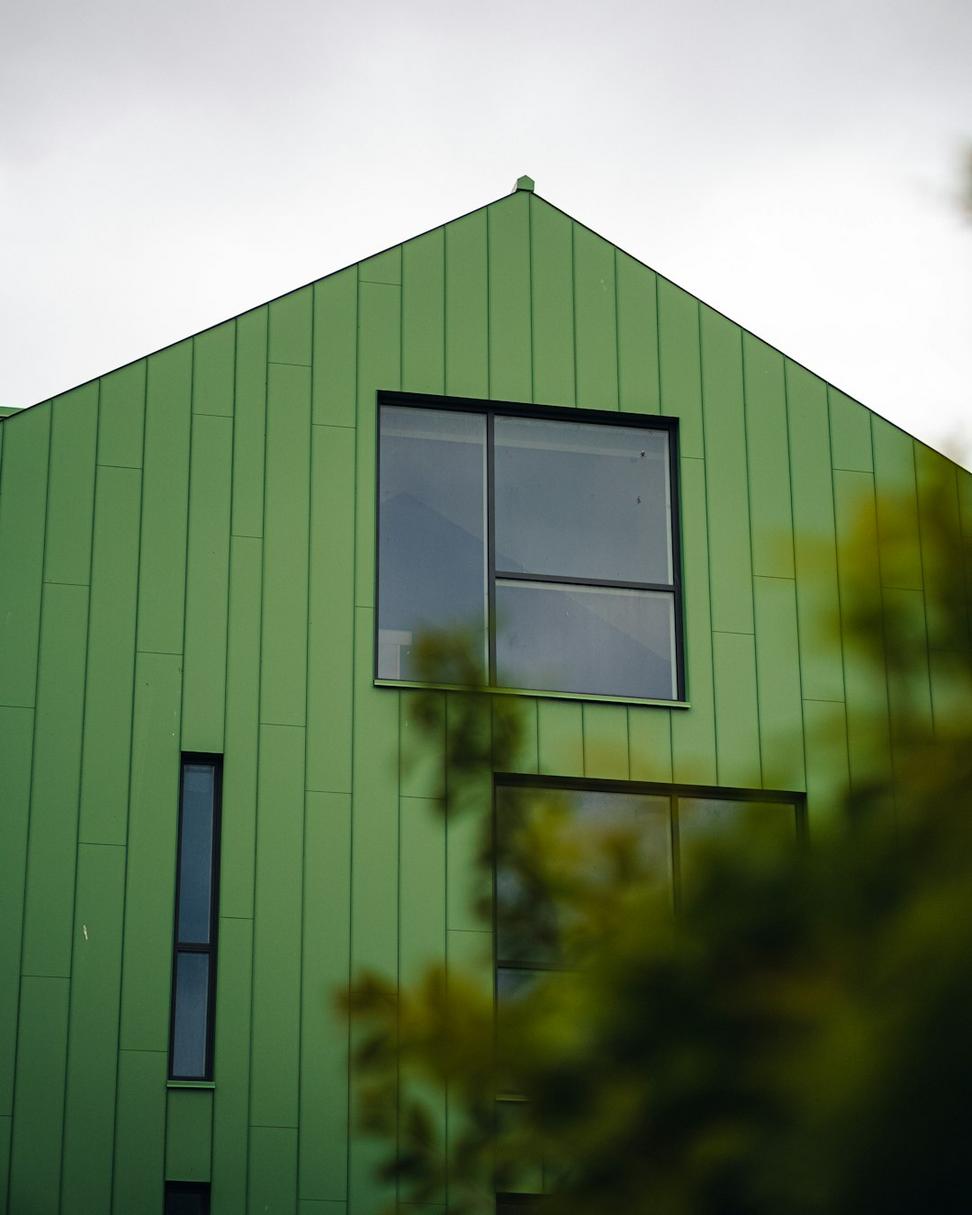
Look, I'll be honest - when I started out twenty years ago, "sustainable design" was barely a thing people talked about. But after spending years working in BC's incredible landscapes, you start to realize you've got a responsibility. These mountains, forests, and valleys aren't just backdrops for pretty houses.
We've seen firsthand how thoughtful design can cut energy costs by 60-70% while making homes way more comfortable. And here's the kicker - it doesn't have to cost more upfront if you plan smart from day one.
Every project starts with a site analysis that'd make a geologist jealous - we're talking sun paths, wind patterns, water flow, soil composition, the works
We prioritize local materials whenever possible - less transportation, support local economy, and honestly, they just fit better with the surroundings
Design for longevity - trends come and go, but good bones last generations
We don't just talk the talk - here's the official stuff backing it up
Multiple team members hold LEED AP credentials. We've completed 12 LEED-certified projects ranging from Silver to Platinum - though honestly, the certification's less important than the actual performance.
Got our Passive House Designer certification in 2019. These ultra-efficient buildings use up to 90% less heating and cooling energy. Yeah, the standards are ridiculously strict, but the results speak for themselves.
Active members and certified builders under Built Green BC. This program's great 'cause it's flexible - works for everything from simple renos to full custom homes.
Forget the marketing fluff - here's actual data from projects we've completed over the past five years. Your mileage may vary, but this gives you an idea of what's possible.
Average energy reduction vs. conventional builds
Less water usage through efficient fixtures & systems
Construction waste diverted from landfills
Materials sourced within 500km radius
Every plot of land tells you what it needs - you just gotta listen. We spend way more time than most firms just observing the site through different seasons if possible. Where does water naturally want to go? What's the prevailing wind? How does light move across the property?
One project up in Pemberton, we repositioned the whole building 30 feet from the original plan after noticing a natural wind break. Saved thousands in heating costs annually.
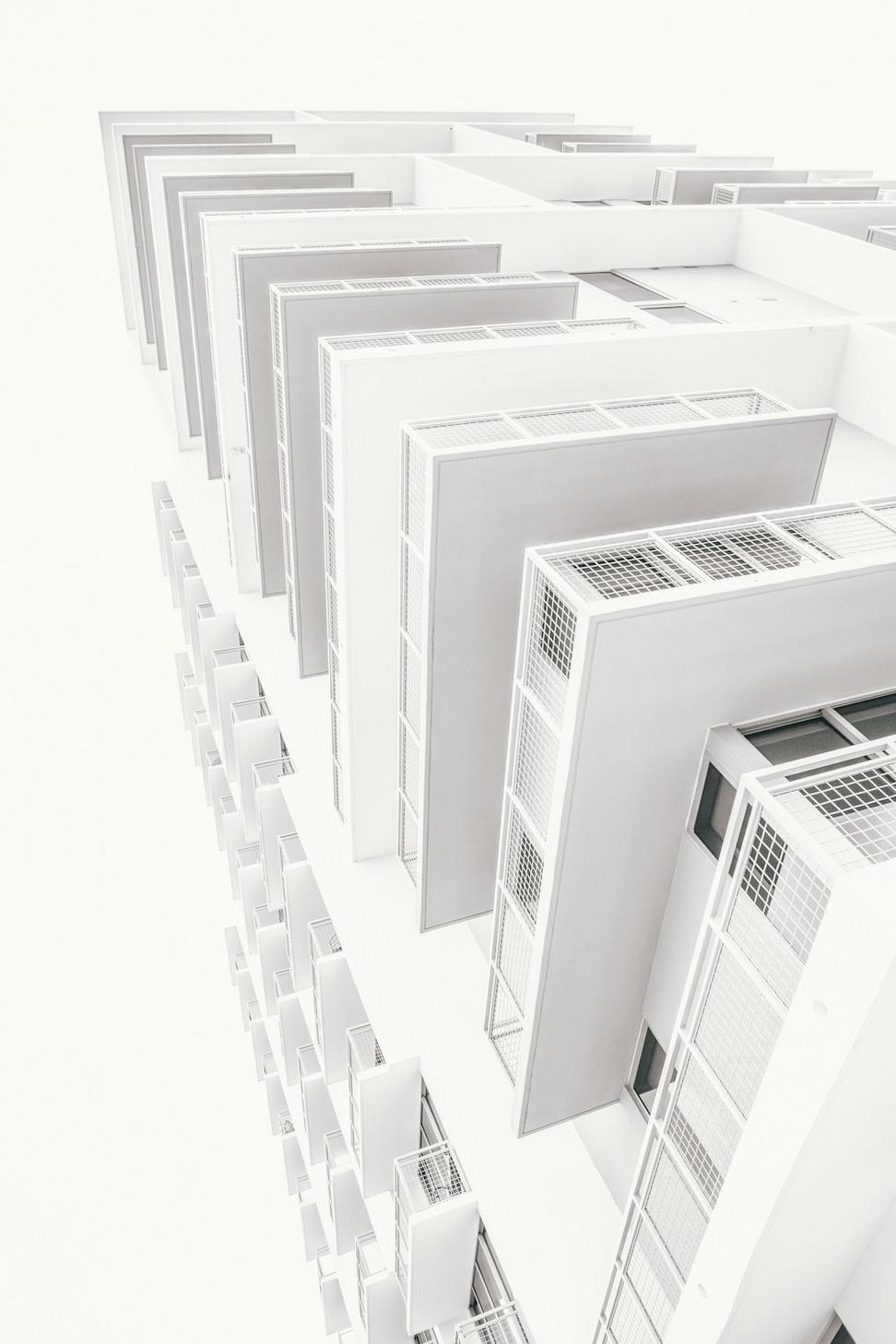
We've got relationships with local mills, salvage yards, and suppliers who get what we're about. Reclaimed timber isn't just trendy - it's often higher quality than new stuff and has way less embodied energy.
For insulation, we're big fans of dense-pack cellulose (it's literally recycled newspaper) and mineral wool. Both perform great, don't off-gas weird stuff, and cost less than spray foam.
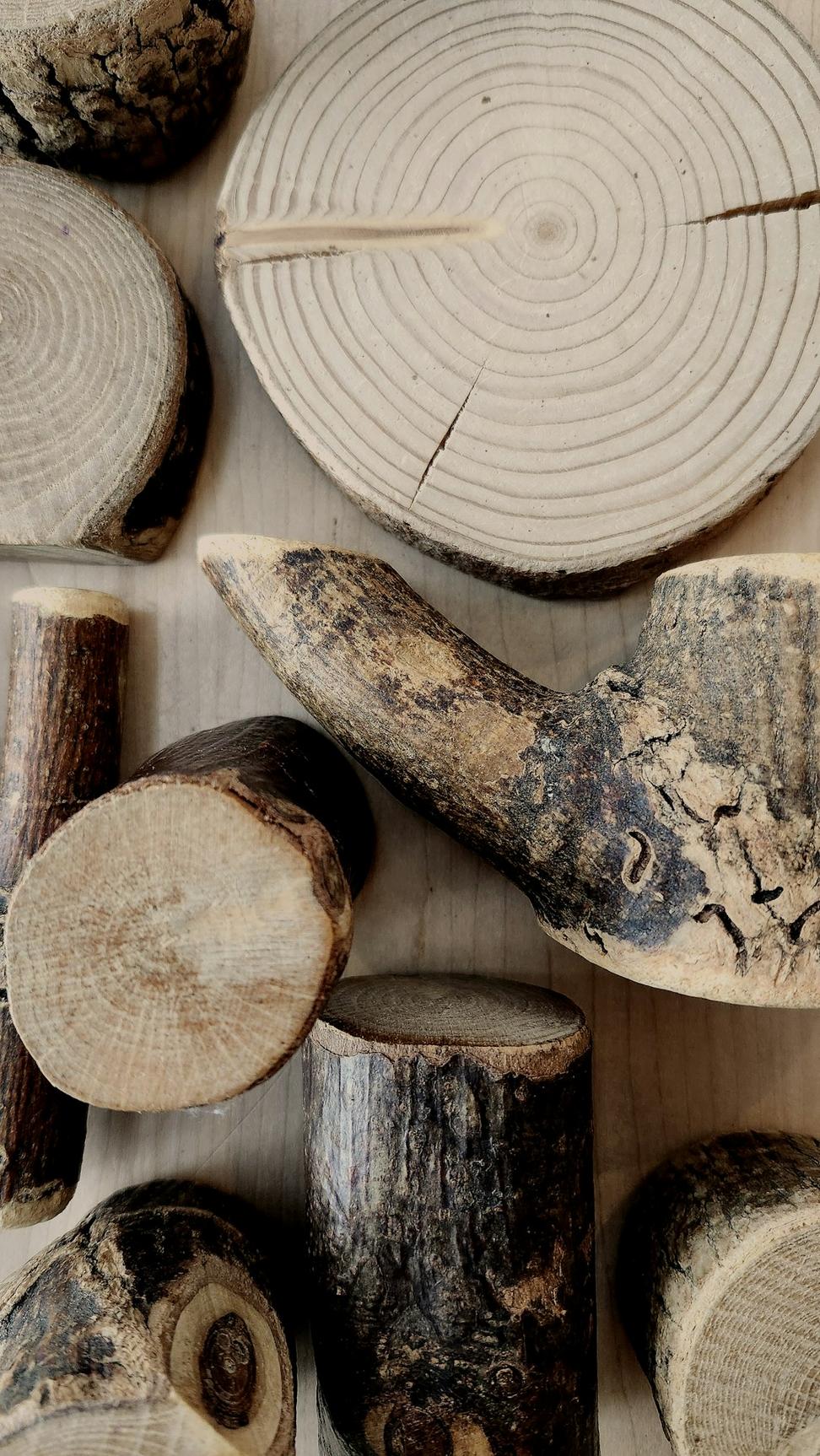
Solar panels are great, but they're not always the answer. Sometimes a heat pump's better. Sometimes it's just about obsessive air sealing and proper insulation. We run energy models on every project to figure out what actually delivers ROI.
Hot take: the least sustainable energy is the stuff you waste. Get the envelope right first, then add systems.
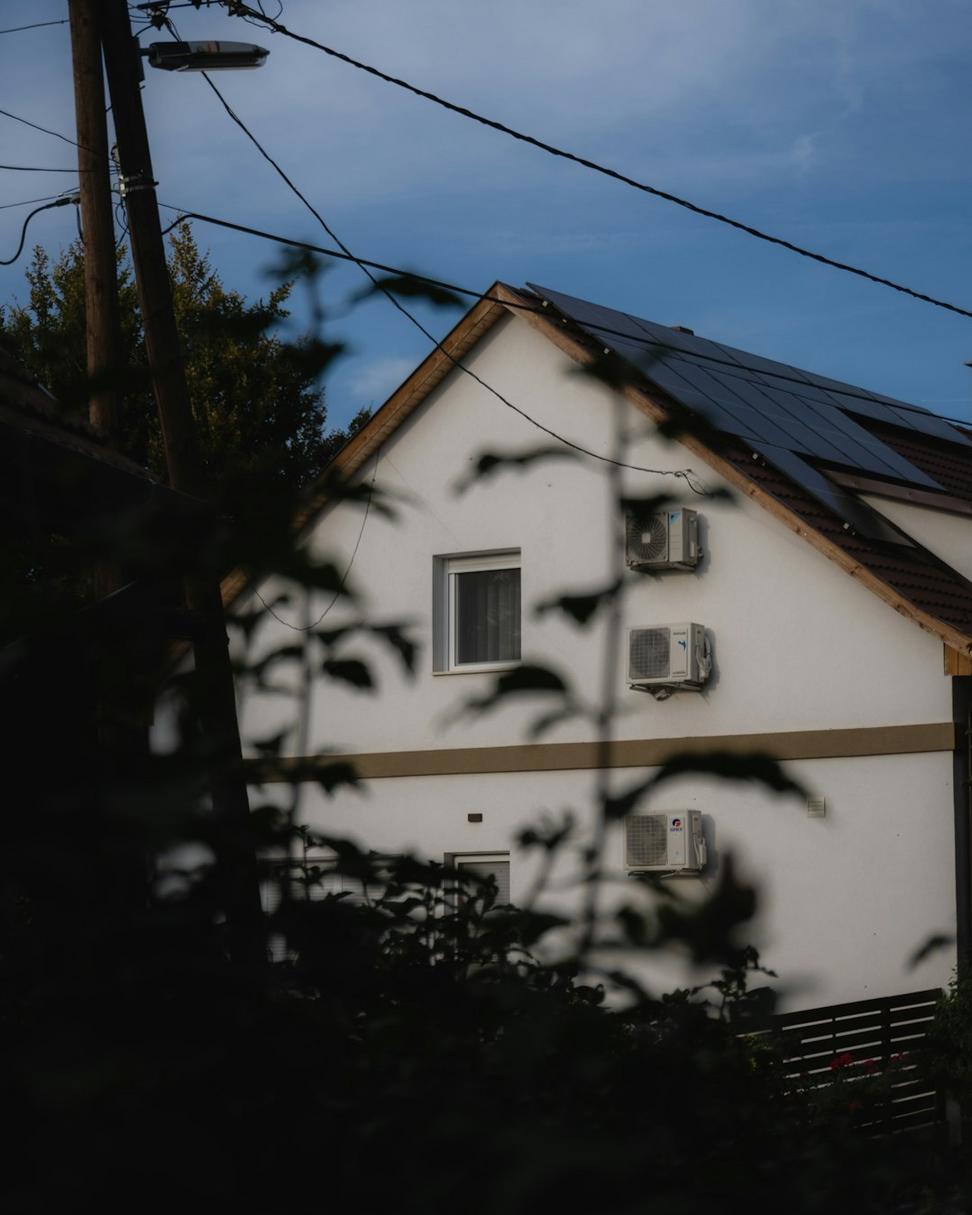
BC's got plenty of rain, but that doesn't mean we should waste it. Rainwater harvesting, greywater systems, permeable surfaces - all this stuff's become standard in our designs.
We also think hard about landscaping. Native plants don't just look better - they need way less maintenance and water once established.
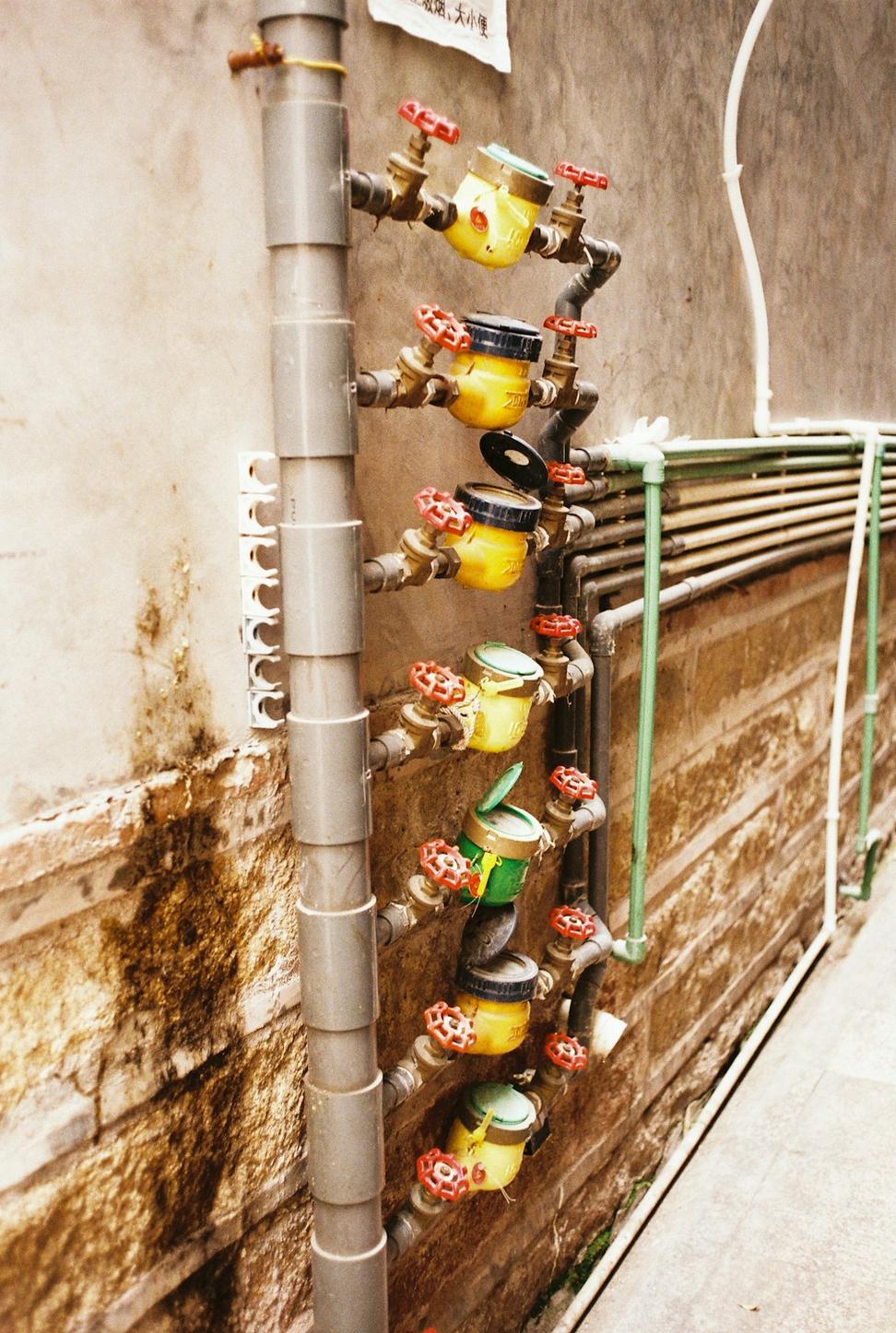
Here's the thing - sustainable design keeps evolving. What we knew five years ago is already outdated in some ways. We're constantly testing new approaches, attending workshops, and honestly, learning from our mistakes.
Not every project can hit every sustainability goal. Sometimes budgets are tight. Sometimes clients have different priorities. But we always try to move the needle forward, even if it's just in small ways.